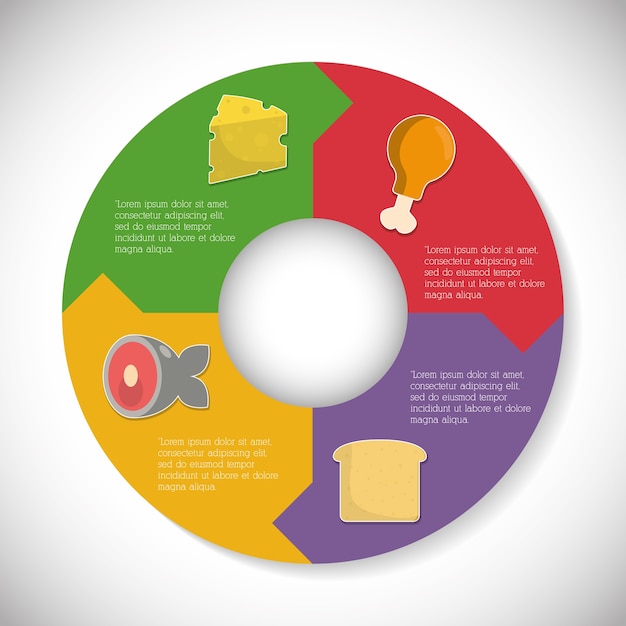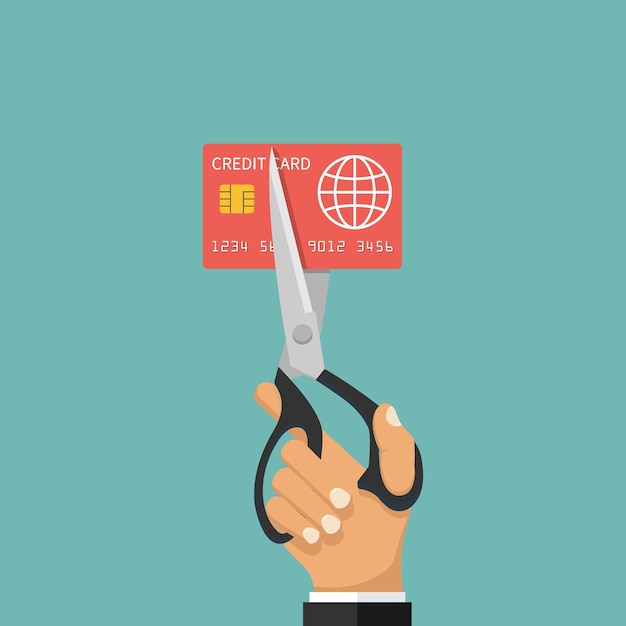Recalibrate Your Budget: Navigating 15% Healthcare Cost Increase in 2025

Recalibrating your budget after a 15% increase in healthcare costs in 2025 involves assessing current spending, identifying areas to cut back, exploring cost-effective healthcare alternatives, and adjusting savings goals to accommodate the higher expenses while maintaining financial stability.
The prospect of a 15% increase in healthcare costs in 2025 can be daunting. However, with proactive planning and strategic adjustments, you can recalibrate your budget after a 15% increase in healthcare costs in 2025 and maintain financial well-being.
Understanding the Impact of Healthcare Inflation
Before diving into specific strategies, it’s crucial to understand the magnitude of the impact. A 15% increase in healthcare costs affects various aspects of your budget, from insurance premiums to out-of-pocket expenses. Taking stock of these changes is the first step towards effective recalibration.
Assessing Your Current Healthcare Spending
Begin by reviewing your current healthcare expenditures. This includes insurance premiums, copays, deductibles, prescription costs, and any other healthcare-related expenses. Use your past records and insurance statements to get an accurate picture.
Projecting the Increase
Next, project how the 15% increase will affect each of these areas. For example, if your monthly insurance premium is currently $500, a 15% increase would add $75 to your monthly cost. Do this for all your healthcare expenses to estimate the total impact.
- Review past medical bills and expense reports.
- Contact your insurance provider for updated premium information.
- Research potential changes in prescription drug costs.
By understanding the precise financial impact of the healthcare cost increase, you can better tailor your budget and identify areas for adjustment.
Analyzing Your Current Budget
With a clear understanding of the increased healthcare costs, the next step involves a thorough analysis of your current budget. Identify where your money is going and pinpoint potential areas for savings.
Tracking Your Spending
Start by tracking your spending for a month or two. You can use budgeting apps, spreadsheets, or even a simple notebook. Categorize your expenses to see where your money is being spent.
Identifying Non-Essential Expenses
Once you have a clear picture of your spending, identify non-essential expenses. These are items you can potentially cut back on without significantly impacting your quality of life. Examples include dining out, entertainment, subscriptions, and impulse purchases.

Identifying these areas allows you to prioritize your spending and make informed decisions about where to cut back. Even small reductions in non-essential expenses can free up significant funds to cover increased healthcare costs.
Strategies to Reduce Healthcare Costs
Besides adjusting your budget, there are several strategies you can implement to directly reduce your healthcare costs. These range from exploring different insurance options to utilizing preventative care services.
Reviewing Your Insurance Options
Take the time to review your current health insurance plan and explore other options. Different plans have different premiums, deductibles, and copays. A higher deductible plan may have lower premiums, but it would mean higher out-of-pocket costs before your insurance kicks in.
Considering a Health Savings Account (HSA)
If you are eligible, consider opening a Health Savings Account (HSA). An HSA allows you to save pre-tax money for healthcare expenses. The funds grow tax-free and can be used for qualified medical expenses.
- Compare different health insurance plans and their coverage.
- Check if you qualify for an HSA and understand its benefits.
- Consider telemedicine for routine consultations.
By actively managing your healthcare and taking advantage of resources like HSAs, you can effectively reduce your healthcare expenses and mitigate the impact of the 15% increase.
Cutting Back on Non-Essential Spending
One of the most immediate ways to free up funds for increased healthcare costs is to cut back on non-essential spending. This involves identifying discretionary expenses and making conscious decisions to reduce them.

Dining Out and Entertainment
Dining out and entertainment are often significant areas of non-essential spending. Consider reducing the frequency of eating out or finding more affordable entertainment options, such as movie nights at home or free community events.
Subscriptions and Memberships
Review your subscriptions and memberships and cancel any that you no longer use or need. This could include streaming services, gym memberships, or magazine subscriptions. Even small monthly savings can add up over time.
Reducing Transportation Costs
Reducing transportation costs can free up money for healthcare. Consider carpooling, biking, walking, or using public transportation more often. These choices can lead to significant savings on gas, parking, and vehicle maintenance.
By making conscious choices to reduce non-essential spending, you can free up a significant amount of money to cover the increased healthcare costs. Every dollar saved is a dollar that can be allocated to your healthcare budget.
Increasing Your Income
In addition to cutting expenses, increasing your income can provide more financial flexibility to manage the higher healthcare costs. Explore various avenues to supplement your current income.
Freelancing or Part-Time Work
Consider taking on freelance work or a part-time job to supplement your income. There are numerous online platforms where you can find freelance opportunities in writing, graphic design, web development, and other fields.
Selling Unused Items
Selling unused items can be a quick way to generate extra income. Go through your home and identify items you no longer need or use. You can sell them online through platforms like eBay, Craigslist, or Facebook Marketplace. Also consider consignment shops for clothing and accessories.
- Explore freelance opportunities in your area of expertise.
- Identify and sell unused items around your home.
- Consider renting out a spare room or property.
Increasing your income can provide you with a buffer to comfortably handle the increased healthcare costs. Even small gains can make a significant difference in your overall financial health.
Adjusting Your Savings and Investment Plans
With increased healthcare costs, you may need to reassess your savings and investment plans to ensure you stay on track with your long-term financial goals. Prioritize essential savings while making necessary adjustments.
Re-evaluating Retirement Contributions
While it’s important to save for retirement, you may need to temporarily reduce your contributions to accommodate higher healthcare costs. Focus on contributing enough to receive any employer matching funds, and then allocate the remaining funds to healthcare.
Prioritizing Emergency Savings
An emergency fund is essential for covering unexpected expenses, including medical bills. Ensure you have at least 3-6 months’ worth of living expenses in an easily accessible savings account. If your emergency fund is depleted, prioritize rebuilding it.
Re-evaluating your savings and investment plans allows you to strike a balance between your long-term financial goals and your immediate healthcare needs. Be flexible and adjust your plans as needed.
| Key Aspect | Brief Description |
|---|---|
| 💰 Budget Review | Assess current spending and identify areas for potential cuts. |
| 🏥 Healthcare Options | Explore different insurance plans and HSAs for cost-effective solutions. |
| 💸 Reduce Expenses | Cut back on non-essential spending like dining out and subscriptions. |
| 💼 Increase Income | Consider freelancing or selling unused items for additional income. |
Frequently Asked Questions
▼
Contact your insurance provider for detailed information on premium changes. Review past medical bills to understand copays and deductibles. Research potential increases in prescription drug costs online or with your pharmacist.
▼
Use budgeting apps like Mint or YNAB (You Need a Budget). Create a simple spreadsheet in Excel or Google Sheets. Keep a small notebook and jot down your expenses daily. Review your bank and credit card statements regularly.
▼
HSAs offer triple tax advantages: pre-tax contributions, tax-free growth, and tax-free withdrawals for qualified medical expenses. They’re beneficial if you have a high-deductible health plan and can afford to save for future healthcare costs.
▼
Aim for 3-6 months’ worth of essential living expenses. This should cover costs like rent/mortgage, utilities, groceries, and transportation. Adjust the amount based on your job security, health, and financial obligations.
▼
Consider freelancing in your area of expertise, driving for a ride-sharing service, or delivering food. Sell unused items online or at consignment shops. Rent out a spare room or property through Airbnb or similar platforms.
Conclusion
Navigating a 15% increase in healthcare costs in 2025 requires careful planning and proactive adjustments. By understanding the impact, analyzing your budget, reducing expenses, increasing income, and adjusting your savings plans, you can effectively recalibrate your budget after a 15% increase in healthcare costs in 2025 and maintain your financial stability and peace of mind.





